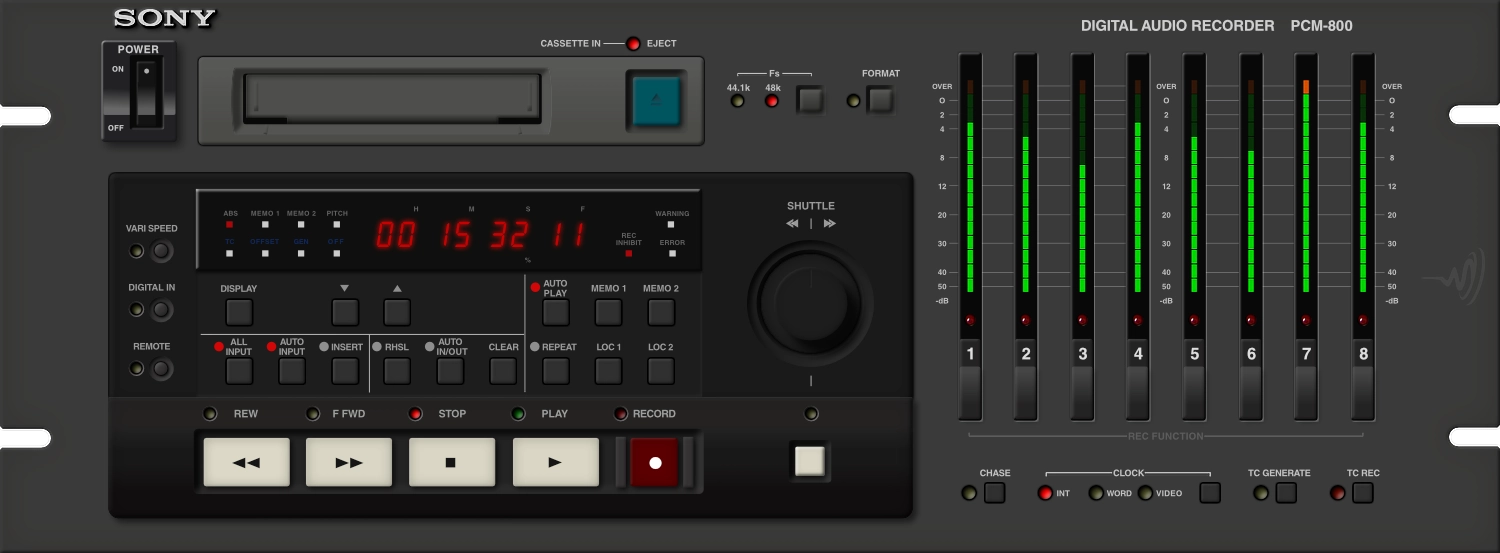After a digital reverb and a digital delay, the next logical choice for Sony was a modulation processor, and that is exactly what they delivered with the Sony DPS-M7. With the new Sony DPS-M7, Sony continued to improve the sonic characteristics of the internals, with the DPS-M7 showing even better noise floor performance than even the DPS-D7 that preceded it.
















